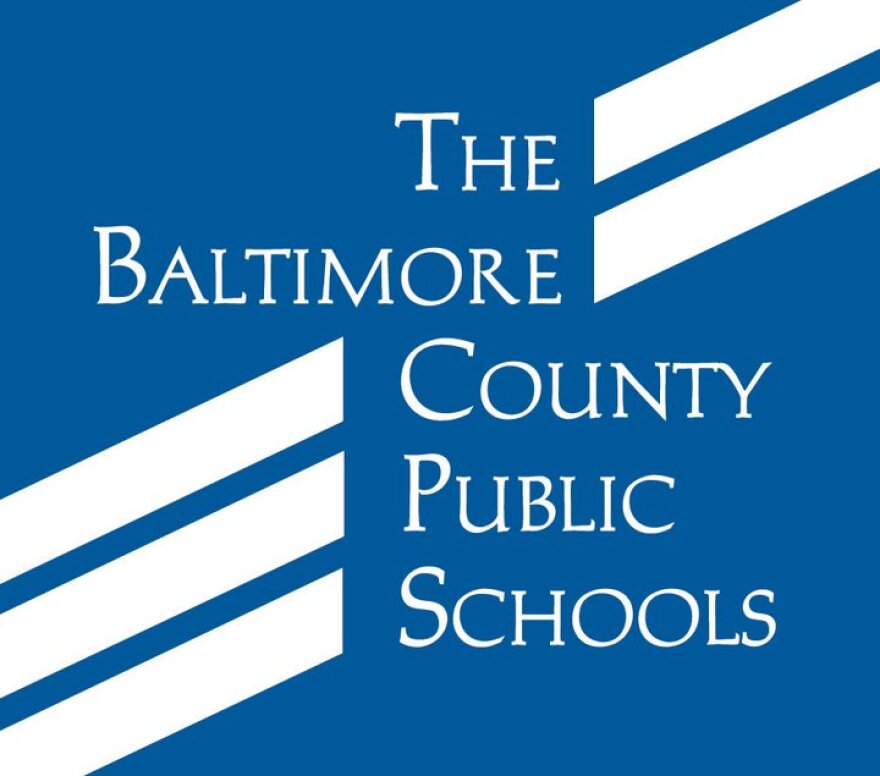Students and teachers throughout Maryland have a month of online learning under their belts, and they learned for sure last week that’s how it will be for the rest of the school year.
Now school systems like Baltimore County Public Schools are taking what they have learned so far about virtual learning and trying to figure out what’s next.
At this point, every student in Baltimore County who the school system has been able to reach should have a device, either a laptop or a chrome book, or the school system is working to get them one.
Chief Academic Officer Mary McComas said the school system has been shipping out devices to students who need them.
McComas said 84 percent of the county’s students are logging onto a school site to find assignments from their teachers. The students then send them back when they’re done.
“So that really is the primary lifeline if you will between our teachers and our students,” McComas said.
For students who don’t have Wi Fi at home, the county has purchased 1,000 hotspots. They’ve handed out about half of them so far.
Virtual lessons are available daily for all students, but there are some who are skipping them.
Annie Smith, the chair of the special education department at Sparrows Point Middle School said, “I will say that there are two that I know who have flatly told us, ‘we’re not going to school so why should I bother.’”
Smith said they are not giving up on those students.
As for those students who have just dropped off the radar, Cindy Sexton, president of the Teachers Association of Baltimore County, said teachers are trying different ways to find them.
“They call the house,” Sexton said. “They email. They see if there is an alternate number or maybe sometimes even an older sibling that they may be able to get in touch with.”
Some students are thriving using virtual learning. For instance, Smith said one of her students who didn’t talk much in class is participating more now that he communicates in virtual classrooms by typing.
“I really hope that we can use some of these learnings and incorporate it when we do go either fully back or start to transition back into the school building,” Smith said.
Others students are struggling. Sexton said the success of distance learning can depend on what’s going on in the home.
“Some parents are unable to work with their students for whatever reason and some of our students have supportive parents who can work with them one on one to get through the work,” she said.
McComas said State School Superintendent Karen Salmon’s announcement that schools will be closed for the remainder of the year makes it easier going forward.
“We have six, seven, eight weeks that we’re looking at here to make sure that we finish planning for, that we push out whatever resources we can in time to support students for the rest of this year and going into the summer,” McComas said.
And speaking of summer, McComas said they are planning for the possibility of having a traditional in-class summer school in July for some students who need it.
That would happen only if the state green lights it. McComas said classes would be small.
“If we are allowed to bring people together in person, we would like to be able to do that,” McComas said. “And of course we would have to follow all of the guidelines around social distancing.”
If they can’t do that, then McComas said summer school will be offered online.
Regardless, the county will offer for the first time this summer self-paced, online English and math enrichment programs any student can take.
What happens beyond summer is anyone’s guess. Sexton said she doubts students will be returning to school buildings in the fall. Crowded classes and social distancing don’t mix well.
Sexton also said she expects if the online learning continues in the fall, it will be more rigorous than what the students are doing now.




